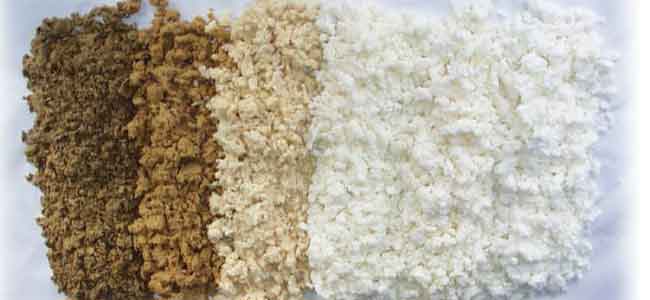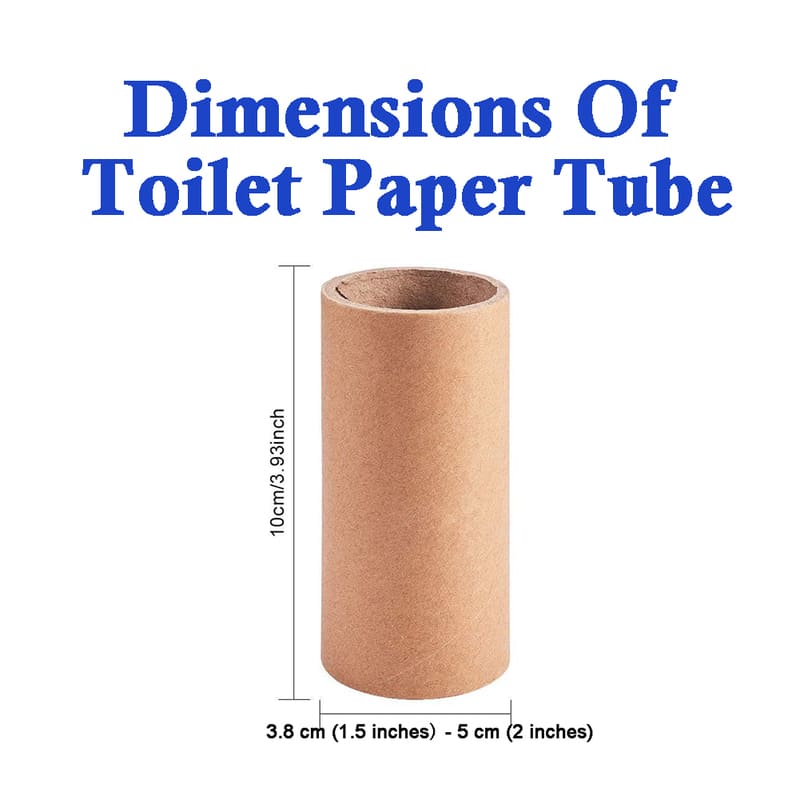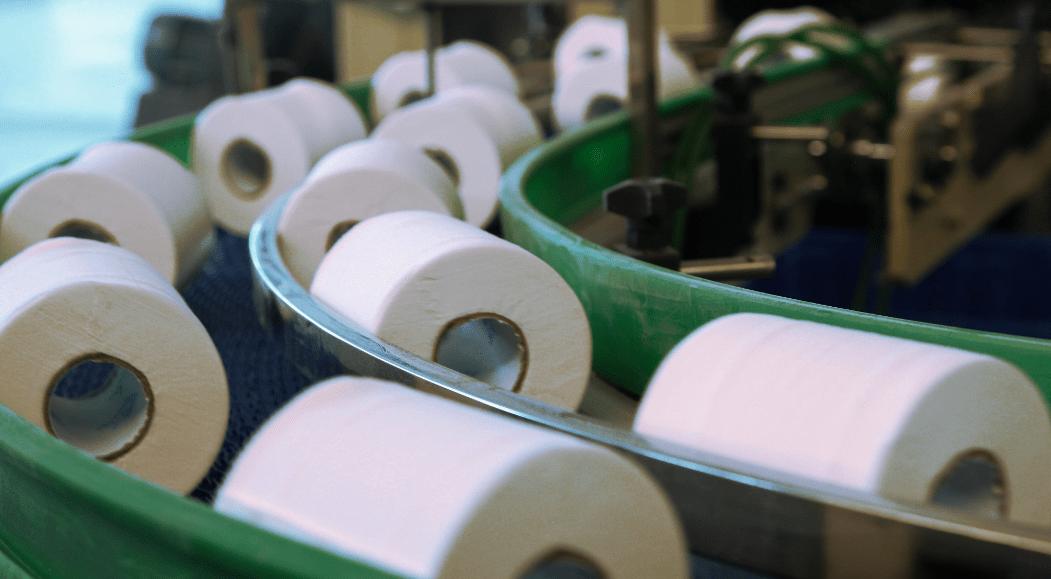Why We Can’t Use Toilet Paper as Facial Tissue?
Facial tissues and toilet paper are two common household items that we use every day for different purposes. Facial tissues are designed to be soft and gentle on our skin, while toilet paper is meant to be biodegradable and flushable. Although they may look similar, they are not interchangeable and using them incorrectly can have negative consequences for our health, environment, and wallet. In this article, we will explore the key differences between facial tissues and toilet paper, and why we can’t use toilet paper as facial tissue.

Difference in Material Composition
Toilet paper is made from recycled paper or wood pulp that is processed and bleached to create thin sheets of paper. The main purpose of toilet paper is to clean up after using the bathroom, so it is designed to dissolve quickly in water and not clog the pipes. Toilet paper has a rough texture and low strength, which makes it unsuitable for wiping our face or nose.
Facial tissues, on the other hand, are made from virgin pulp or cotton that is treated with softeners and lotions to make them smooth and gentle on our skin. Facial tissues are intended to be used for blowing our nose, wiping our tears, or removing makeup. Facial tissues have a soft texture and high strength, which makes them comfortable and durable for facial use.
The physical properties of facial tissues and toilet paper are very different, as shown in the table below:
| Property | Facial Tissue | Toilet Paper |
| Thickness | 0.1 – 0.2 mm | 0.05 – 0.1 mm |
| Weight | 13 – 18 g/m2 | 10 – 15 g/m2 |
| Wet Strength | 5 – 10 N | 0.5 – 2 N |
| Dry Strength | 20 – 40 N | 5 – 15 N |
| Softness | High | Low |
| Dissolvability | Low | High |

Potential Health Implications
Using toilet paper as facial tissue can lead to several skin issues, such as irritation, dryness, and allergic reactions. Toilet paper does not have any moisturizers or softeners that can protect our skin from friction and damage. Moreover, toilet paper may contain traces of chemicals or dyes that are used in the bleaching process, which can cause allergic reactions or infections on our sensitive skin.
Another concern when using toilet paper as facial tissue is the hygiene factor. Toilet paper is usually stored in the bathroom, where it can be exposed to germs and bacteria from the toilet or the sink. Toilet paper is also not packaged individually or sealed properly, unlike facial tissues that come in boxes or pouches that prevent contamination. Using toilet paper as facial tissue can increase the risk of transmitting germs from the bathroom to our face or nose, which can lead to illnesses or infections.

Environmental Considerations
The environmental impact of producing facial tissue versus toilet paper is also significant. According to a study by the Environmental Paper Network, producing one ton of virgin pulp for facial tissue requires 17 trees, 7,000 gallons of water, and 253 gallons of oil. On the other hand, producing one ton of recycled paper for toilet paper requires only 6 trees, 2,500 gallons of water, and 95 gallons of oil. Therefore, facial tissue has a higher carbon footprint and water consumption than toilet paper.
However, this does not mean that using toilet paper as facial tissue is more eco-friendly. Toilet paper is not meant to be thrown in the trash or recycled but flushed down the toilet. Toilet paper can cause problems for the waste and sanitation systems if it is used excessively or improperly. For example, flushing too much toilet paper can clog the pipes or septic tanks, which can lead to sewage backups or overflows. Moreover, some toilet paper may not be biodegradable or compatible with certain wastewater treatment plants, which can affect the quality of water and soil.

Economical Aspects
The cost difference between facial tissue and toilet paper may seem negligible at first glance, but it can add up over time. According to a survey by Statista, the average price of a box of facial tissue (160 sheets) in the United States was $1.94 in 2020, while the average price of a roll of toilet paper (200 sheets) was $0.86 in 2019. This means that one sheet of facial tissue costs about $0.01, while one sheet of toilet paper costs about $0.004.
However, this does not consider the long-term financial implications of using toilet paper as facial tissue, considering the health and environmental impacts discussed above. Using toilet paper as facial tissue can lead to increased medical expenses due to skin problems or infections, as well as increased plumbing or sewage bills due to clogs or overflows. Furthermore, using toilet paper as facial tissue can contribute to the depletion of natural resources and the pollution of the environment, which can have negative effects on the economy and society.

In conclusion, we have seen that facial tissues and toilet paper are two different products that serve different purposes and have different characteristics. Using toilet paper as facial tissue can have harmful consequences for our health, environment, and wallet. Therefore, it is important to understand why we can’t use toilet paper as facial tissue, and to use products for their intended purposes. By doing so, we can maintain our personal hygiene and make sustainable choices for our planet.







One Response